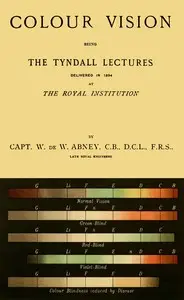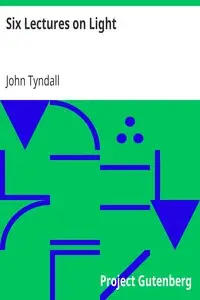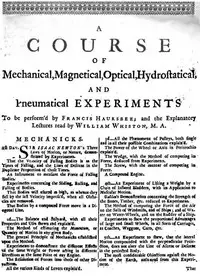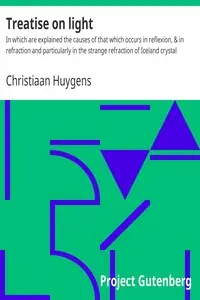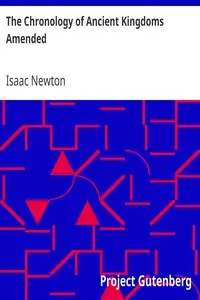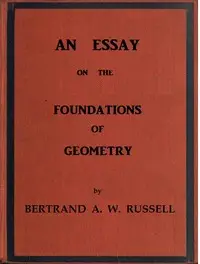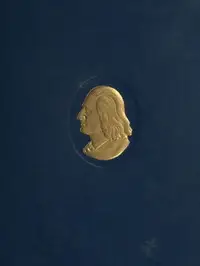"Opticks: or, A Treatise of the Reflections, Refractions, Inflections and Colours of Light" by Isaac Newton is an early 1700s science book that carefully looks at light and what it does. It shows what happens when light bounces (reflection) or bends (refraction). The book sets up the rules for how we study light today. Instead of just guessing, the book uses experiments and clear thinking to explain things. It starts by laying out the basics, like what light rays are and how they act. It also points to experiments that will help explain these ideas. This shows how important accuracy and proof were to science at that time, making the book a key moment in the history of how we understand physics.
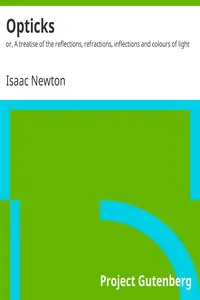
Opticks : $b or, A treatise of the reflections, refractions, inflections and colours of light
By Isaac Newton
Discover a world where light bends and bounces, revealing the secrets of physics through careful observation.
Summary
About the AuthorSir Isaac Newton was an English polymath active as a mathematician, physicist, astronomer, alchemist, theologian, and author who was described in his time as a natural philosopher. He was a key figure in the Scientific Revolution and the Enlightenment that followed. His pioneering book Philosophiæ Naturalis Principia Mathematica, first published in 1687, consolidated many previous results and established classical mechanics. Newton also made seminal contributions to optics, and shares credit with German mathematician Gottfried Wilhelm Leibniz for formulating infinitesimal calculus, though he developed calculus years before Leibniz.
Sir Isaac Newton was an English polymath active as a mathematician, physicist, astronomer, alchemist, theologian, and author who was described in his time as a natural philosopher. He was a key figure in the Scientific Revolution and the Enlightenment that followed. His pioneering book Philosophiæ Naturalis Principia Mathematica, first published in 1687, consolidated many previous results and established classical mechanics. Newton also made seminal contributions to optics, and shares credit with German mathematician Gottfried Wilhelm Leibniz for formulating infinitesimal calculus, though he developed calculus years before Leibniz.



